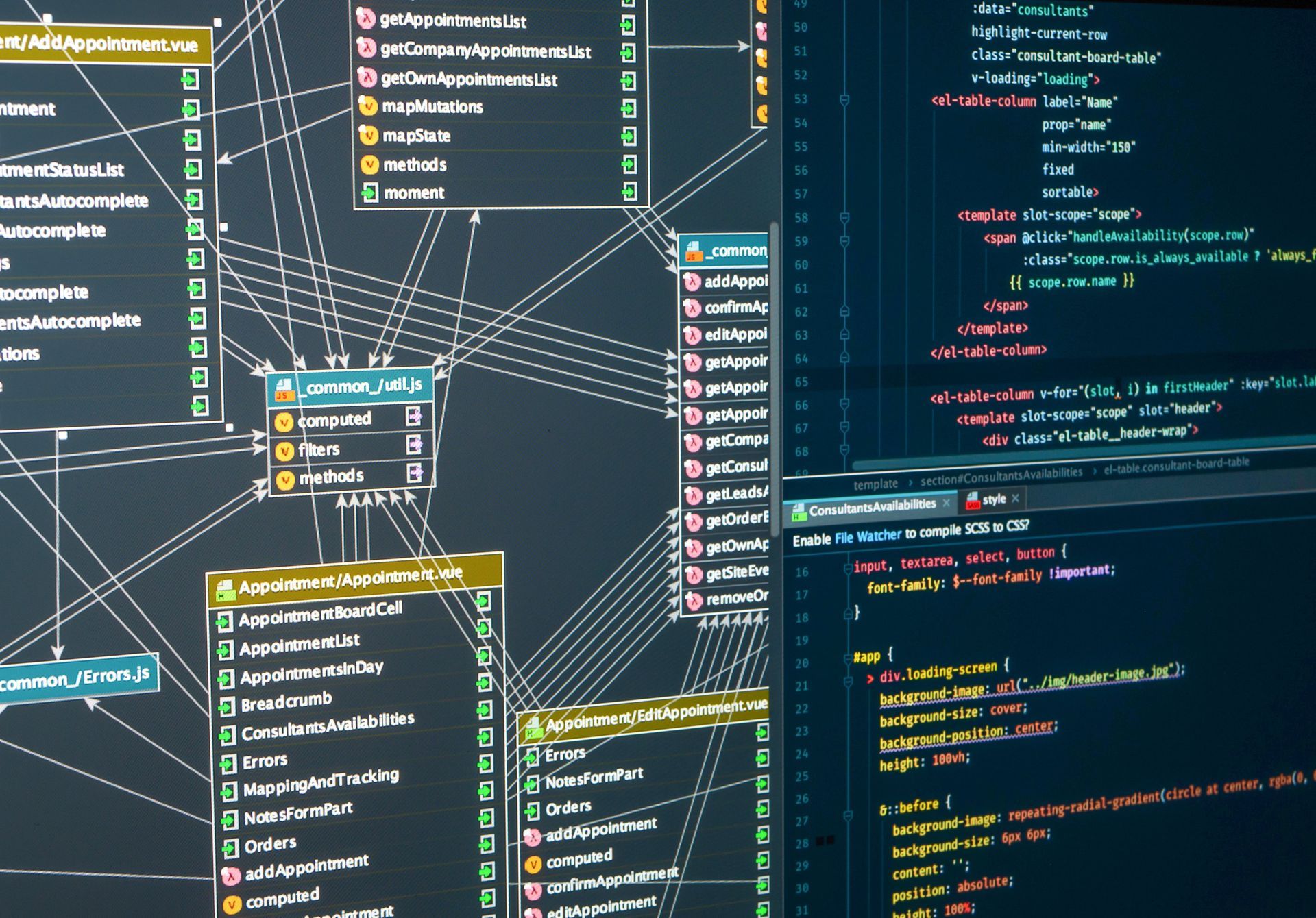Top 5 Best Practices for Incident Response in the Cloud

The digital age has brought us one of the best innovative solutions that is cloud technology. The environment has offered so many benefits for individuals and businesses alike. However, there are times when incidents may occur that may involve cloud technology. Having an effective incident response will be something you’ll need to have just in case.
This guide will cover the top five best practices for incident response in the cloud. Follow along with this guide and you will stay one step ahead of the situation and be able to fix the problem. You can continue operating your system without worrying about further disruptions to your personal projects or business. Let’s begin now.
1. Put together an incident response plan
Incidents can happen at any time whether it’s on your personal computer or a business IT infrastructure. Your plan will need to cover multiple situations including but not limited to data breaches, service disruptions, and system compromises. It is important to understand why these things happen and what could cause them.
While data loss may result in either of these incidents, it is important to back it up regularly. You also want to ensure that your backup system is also protected and allows you the ability to retrieve the data promptly by performing “recovery rehearsals”. At the same time, you want to perform regular security audits in order to sniff out any vulnerabilities that exist and patch them accordingly.
While these measures are effective, anything could happen between now and then. When something happens to the data, you need to take the necessary steps to inform the right people. For example, your business may face a data breach and you need to notify your customers as soon as possible. Remind them to make necessary changes to their login credentials as well as monitor anything that may be linked to their identity like their bank accounts.
2. Cloud-specific training
A deep understanding of cloud technology and how to maximize its potential can set you apart from those who have little familiarity with it. As such, it is important to train yourself on the tools and services you use. If you are an organizational leader, you should consider holding regular training sessions with your employees and incident response team. This will ensure that they are familiar with how they can operate the software and tools that are critical for your business operations.
It’s also important that you hold regular training sessions on cybersecurity. This includes demonstrations on how to spot “bad links”, scam messages, or signs of an unsecure website among others. These can lead to incidents that can harm not just your data, but also the entire computer system as a whole.
3. Implement continuous monitoring
When it comes to continuous monitoring, it never hurts to implement it for your computer system. It will be one of the most key elements to have in order to detect and promptly respond to any events that may arise. You also want to consider using monitoring tools that are native to the cloud while they are able to give you a real-time glimpse of what’s going on with your current computer system.
You want to set up alerts and automated responses that can handle potential security threats. At the same time, it will give you or your response team a chance to react quickly. If you want to be proactive when it comes to threat detection, it’s important to monitor your system on a regular basis.
4. Use multi-factor authentication (MFA)
One of the most reliable forms of security that can protect your computer is multi-factor authentication or MFA. This will allow users to provide multiple forms of identification to deter any unauthorized access. When someone logs into a computer system, it will notify you or members of your team that a login was attempted and will ask if it was you.
Nine times out of ten, the actual user will confirm it since it was indeed them. However, if they get a notification at an odd time of day, particularly outside of regular business hours or from an unfamiliar location, that’s when things get a little suspicious. Yet, you have the control over who is accepted access and which ones are shut out.
There are multiple ways for you and your team to utilize this technology. As mentioned, you can get text notifications, email, biometrics, even codes by way of authentication apps. Either way, it’s important to make sure the right people are authorized - be it on a computer or a mobile device.
5. Data encryption and access controls
Protecting your sensitive data will be super key. Whether it’s at rest or in transit, you want to make sure it’s well-protected with strong encryption. At the same time, you also want to make sure your access controls are locked down to ensure who is allowed to view or modify certain files. Using identity and access management (IAM) services will give you that power completely.
If there are some things that your team can see and know about, allow them access. Using IAM services will also restrict access to certain files that only you are allowed to view and modify. You have one more extra layer of protection that will keep unauthorized users out and far away from the data you want to protect at all costs.
Let Oamii Tech help with your cloud computing needs
When it comes to the cloud computing needs you have, Oamii Tech can assist you in whatever way possible. We encourage you to perform these best practices in order to protect your cloud computing system from any incidents that may arise. While prevention and preparation are all part of the process, so is recovering the data you have backed up. That way, you have a plan to recover it all without issue.
By putting together an incident response plan, you can be able to address any possible cloud-related threat or issue promptly. Best of all, you have a team of experts who can help. For more information, contact Oamii Tech today and we’ll be happy to help.
Disclaimer: The information on this website and blog is for general informational purposes only and is not professional advice. We make no guarantees of accuracy or completeness. We disclaim all liability for errors, omissions, or reliance on this content. Always consult a qualified professional for specific guidance.






